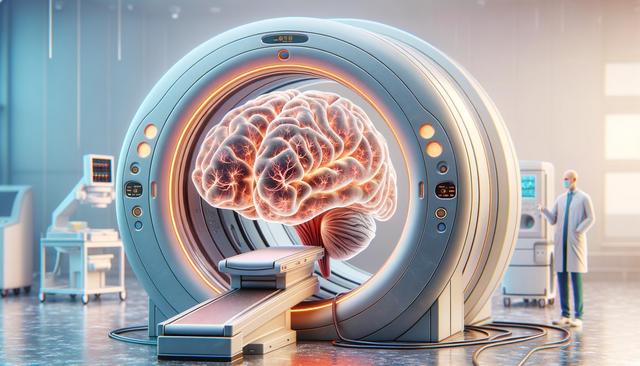Understanding Stroke Recovery and Rehabilitation
Recovery after a stroke is a gradual process that involves retraining the brain and body to regain lost skills and functions. Each individual’s journey is unique, depending on the severity and type of stroke, as well as the area of the brain affected. Rehabilitation aims to restore independence and improve quality of life through a combination of physical, occupational, and speech therapy. One of the most frequently asked questions during this phase is, “What exercise is highly effective after a stroke?” This question underlines the importance of targeted movement in rebuilding strength, balance, and coordination. Whether the goal is to regain the ability to walk, use the hands, or improve speech, consistent and appropriate exercise plays a central role.
The Role of Physical Exercise in Stroke Recovery
Physical activity is crucial in stroke rehabilitation because it helps reestablish motor control and muscle strength. Physical therapists often design customized programs that address a patient’s specific impairments. When considering “What exercise is highly effective after a stroke?”, several options stand out for their impact on mobility and functional gains. These include:
- Range-of-motion exercises to prevent stiffness and improve flexibility
- Strength training to rebuild muscle mass
- Balance and coordination drills to reduce the risk of falls
- Cardiovascular activities such as walking or cycling on a stationary bike to boost endurance
The key is to start slowly and increase intensity based on individual progress. Safety is always a priority, and exercises should be performed under professional supervision when needed.
Cognitive and Speech Exercises for Brain Recovery
A stroke can also affect cognitive functions and speech abilities, depending on the brain region involved. In such cases, rehabilitation goes beyond physical movement. Speech-language pathologists and neuropsychologists often collaborate to develop exercises aimed at restoring memory, language skills, and problem-solving abilities. Cognitive and speech exercises may include:
- Memory games and puzzles
- Repetition of words and phrases
- Reading aloud and comprehension activities
- Problem-solving tasks and logic-based games
These exercises stimulate brain activity and help rebuild neural connections. Though not physical in nature, they are essential when answering the question, “What exercise is highly effective after a stroke?” because full recovery often requires a holistic approach that considers both body and mind.
Incorporating Functional Activities into Daily Life
Rehabilitation exercises are not limited to formal therapy sessions. Many therapists encourage stroke survivors to integrate functional activities into their daily routines. This approach can significantly improve motivation and consistency. Activities such as cooking, gardening, folding laundry, or even using utensils can be modified to serve as therapeutic exercises. The answer to “What exercise is highly effective after a stroke?” may often lie in these simple, everyday tasks that promote independence and confidence. Benefits of using daily activities as therapy include:
- Improved engagement through meaningful tasks
- Development of practical skills for independent living
- Opportunities to practice motor planning and coordination
These activities, when incorporated with intention, serve as powerful tools in the recovery process.
Staying Motivated and Tracking Progress
Maintaining motivation during stroke recovery can be difficult, especially when progress feels slow. Setting realistic goals and celebrating small achievements is crucial. Keeping a journal or using apps to track daily activities can help survivors and caregivers see improvements over time. Answering the question, “What exercise is highly effective after a stroke?” often depends on individual needs and goals, so documenting what works best can guide future therapy plans. Support from family, friends, and support groups also plays a vital role in emotional well-being and sustained engagement. Motivation can be supported by:
- Joining group therapy or community-based rehabilitation programs
- Engaging with others who have experienced similar challenges
- Setting short-term goals that are specific and measurable
Consistency and emotional support can make a meaningful difference in achieving long-term recovery goals.
Conclusion: Building a Personalized Path to Recovery
Recovering from a stroke is a multifaceted process that involves physical, cognitive, and emotional adjustments. The question “What exercise is highly effective after a stroke?” cannot be answered with a one-size-fits-all approach. Instead, the most effective exercises are those tailored to individual needs, abilities, and goals. Whether through structured therapy, functional daily activities, or cognitive exercises, each step contributes to a more complete recovery. With patience, persistence, and the right support, stroke survivors can make significant strides toward regaining independence and improving their quality of life.




Leave a Reply